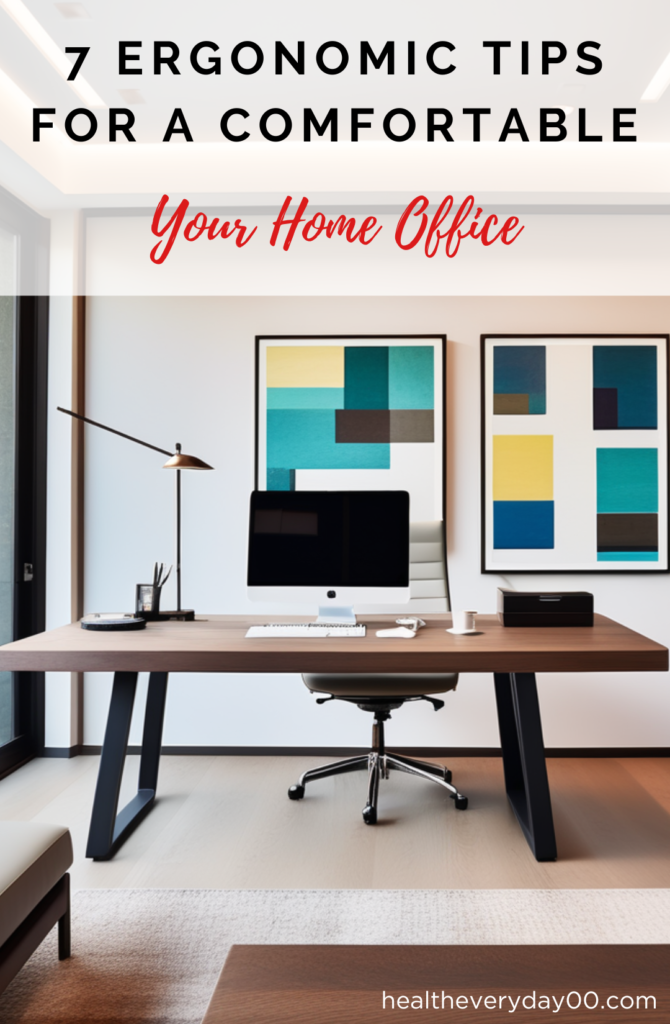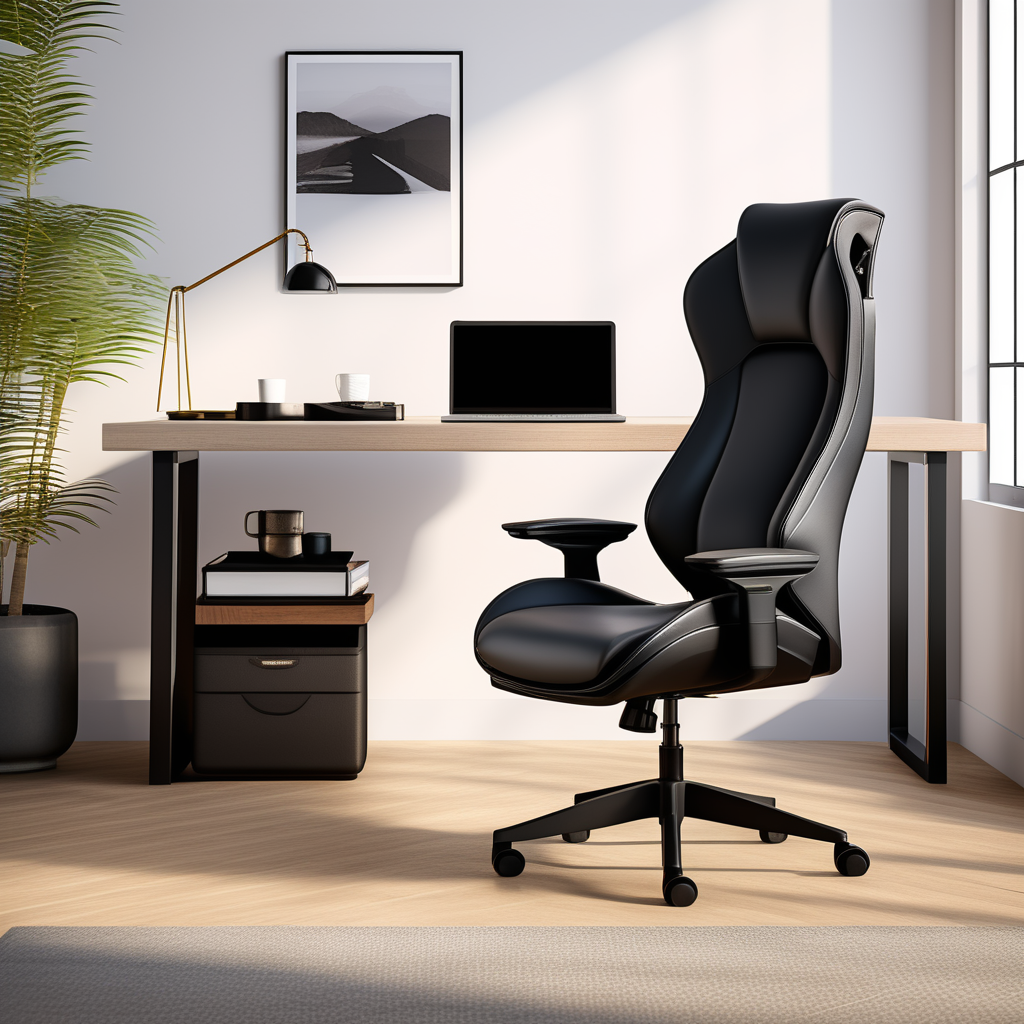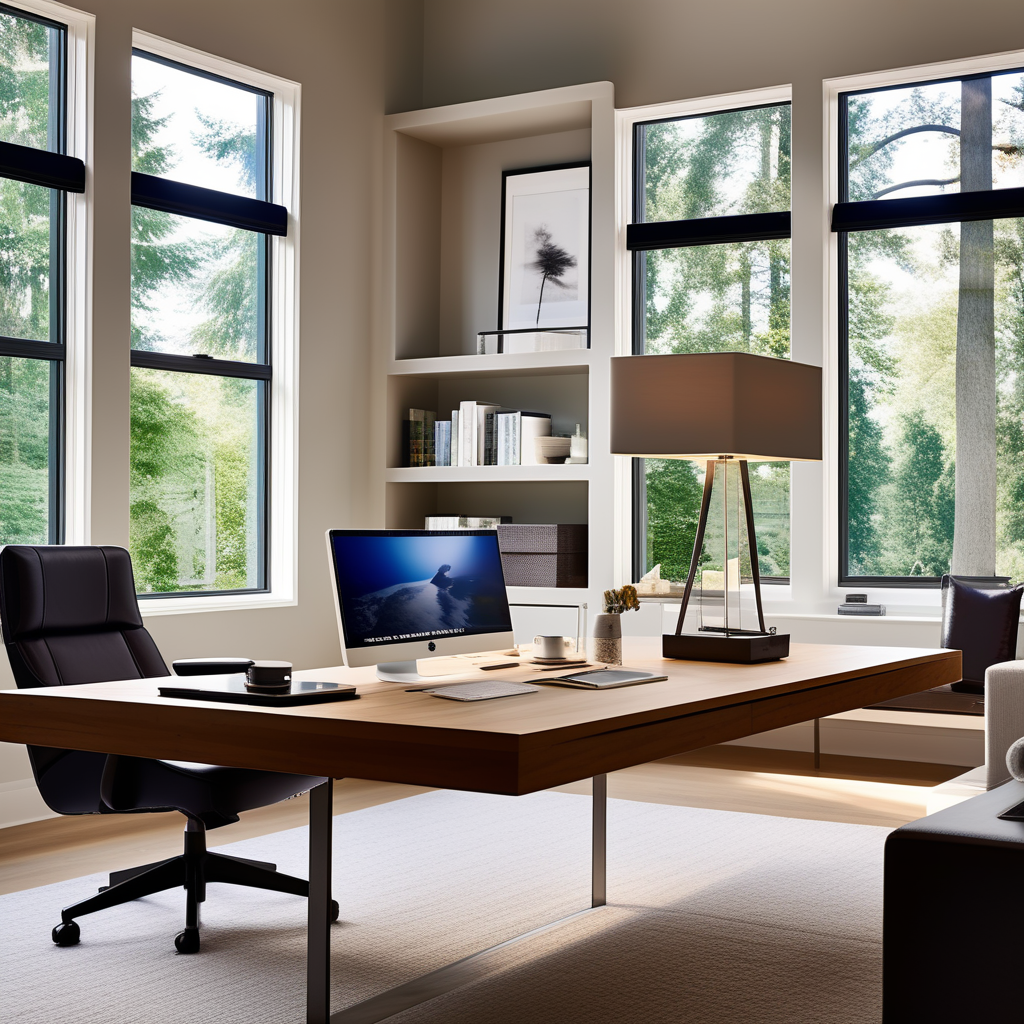7 Ergonomic Tips for a Comfortable Home Office

Introduction
As remote work becomes increasingly prevalent, the importance of cultivating a comfortable home office cannot be overstated. Beyond mere aesthetics, a well-designed workspace directly influences productivity and overall job satisfaction. In this article, we delve into seven essential ergonomic tips that promise to transform your home office into a haven of comfort and efficiency.

1. Choosing the Right Furniture
The foundation of an ergonomic home office begins with selecting the right furniture. Invest in a chair that not only complements your personal style but also provides adequate lumbar support. Additionally, opt for a desk at the correct height to ensure a neutral wrist position, preventing strain during prolonged periods of typing and writing. Your chair and desk choices set the stage for a supportive and comfortable work environment.

2. Proper Monitor Placement
Elevating your monitor to eye level is a game-changer for maintaining good posture and preventing neck strain. Ensure your screen is directly in front of you, positioned at a comfortable viewing distance, and free from glare. Incorporate the 20-20-20 rule – every 20 minutes, focus on an object 20 feet away for at least 20 seconds – to alleviate eye strain caused by continuous screen exposure.

3. Keyboard and Mouse Setup
An ergonomic keyboard and mouse are essential tools for promoting a natural hand and wrist position. Position your keyboard at elbow height to prevent strain, and place the mouse within easy reach. Consider split keyboards or those with negative tilt to minimize the risk of conditions like carpal tunnel syndrome. These choices contribute to a more comfortable and sustainable work experience.

4. Organizing Your Workspace
A cluttered workspace not only hinders productivity but also adds unnecessary stress to your workday. Regularly declutter your desk, keeping only essential items within arm’s reach. Explore storage solutions such as shelves, drawers, and cable organizers to maintain a clean and organized workspace, promoting focus and efficiency.

5. Lighting Matters
The significance of proper lighting in a home office cannot be overstated. If possible, position your desk near a window to capitalize on natural light. When relying on artificial lighting, choose options that evenly illuminate your workspace, minimizing eye strain. Adjustable desk lamps provide flexibility in creating a well-lit and visually comfortable environment.

6. Taking Regular Breaks
In the pursuit of productivity, taking breaks might seem counterintuitive, but it is crucial for maintaining focus and physical well-being. Schedule short breaks to stretch your body, move around, and rest your eyes. Simple activities like standing, stretching, or a brief walk can reenergize you, fostering a more productive work routine.

7. Incorporating Movement
The sedentary nature of office work can lead to stiffness and discomfort. Combat this by incorporating movement into your day. Consider investing in a standing desk to alternate between sitting and standing, reducing the adverse effects of prolonged sitting. Simple exercises like neck stretches, shoulder rolls, and leg lifts can be seamlessly integrated into your work routine.

Mindfulness and Stress Reduction
Creating a comfortable home office extends beyond physical considerations to encompass mental well-being. Incorporate mindfulness techniques, such as deep breathing exercises or short meditation breaks, to manage stress levels. A relaxed mind not only enhances your comfort during work hours but also contributes to improved overall job satisfaction.

Conclusion
Transforming your home office into an ergonomic haven involves a thoughtful combination of furniture choices, proper organization, and a commitment to physical and mental well-being. By implementing these seven ergonomic tips, you’re not just creating a workspace; you’re crafting an environment that promotes comfort, productivity, and a healthier work-life balance.



